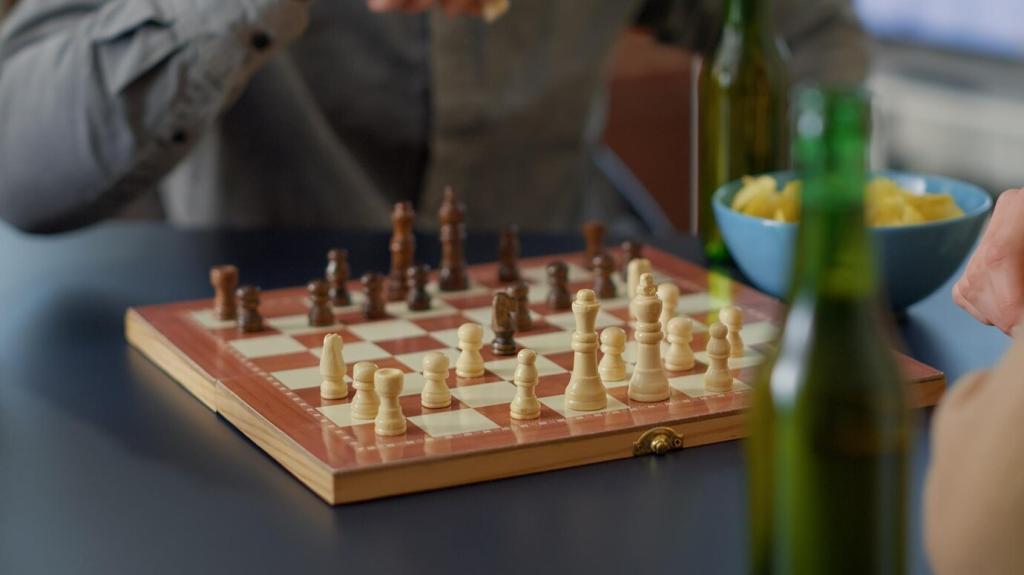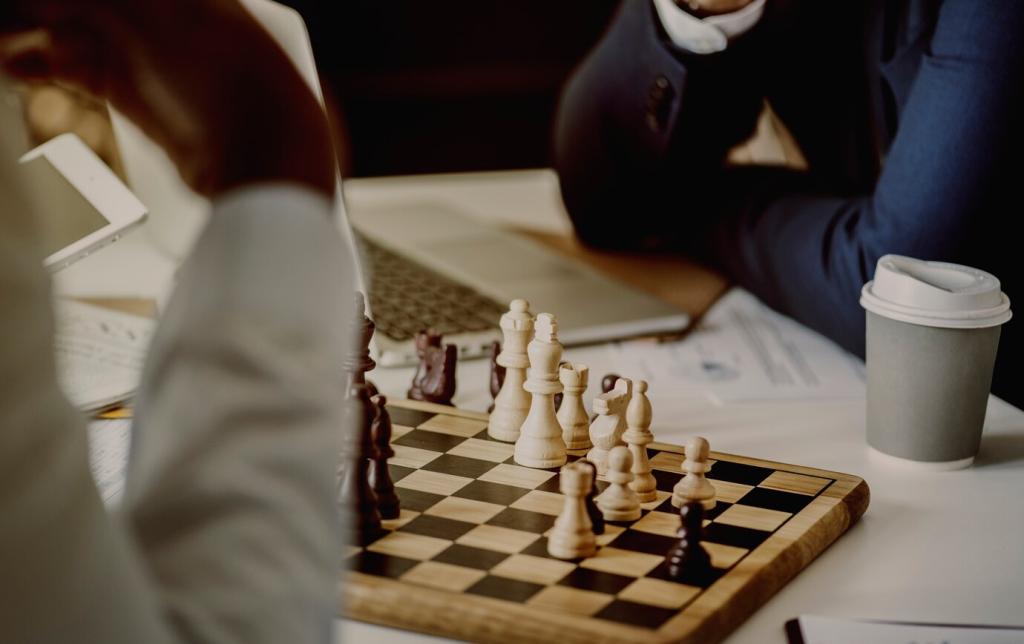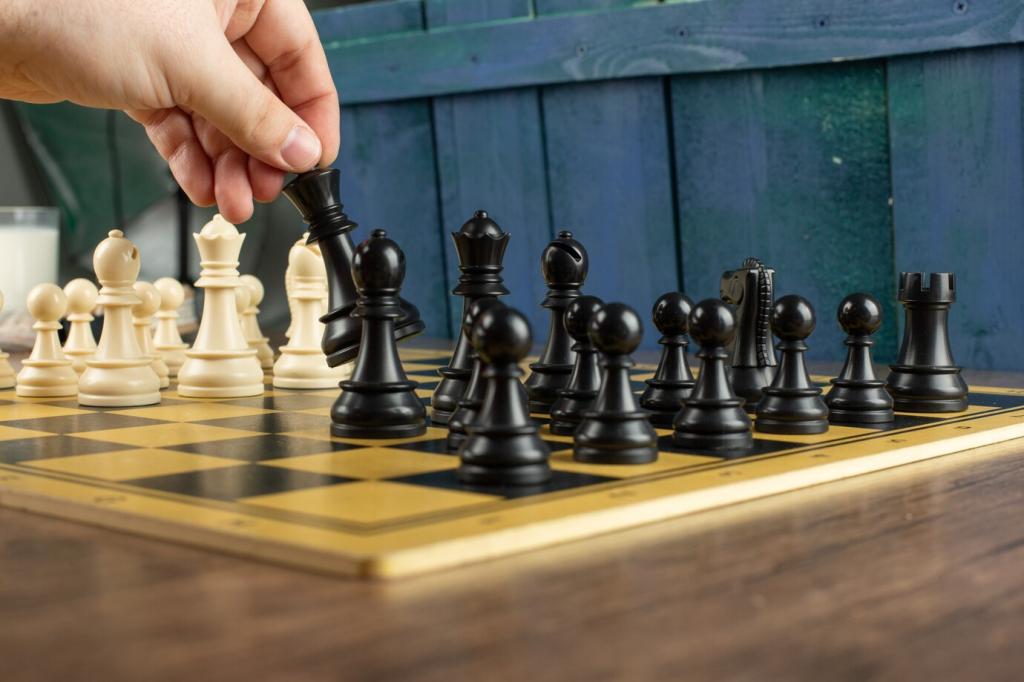Defining the Fischer Effect
The 1972 world championship pulled chess into everyday conversation, from kitchen tables to nightly news. Families followed diagrams like sports pages, neighbors argued lines, and children learned that strategy could be thrillingly human and headline worthy.
Defining the Fischer Effect
Fischer’s approach turned study into an art. He blended deep opening research with endgame clarity and practical psychology, showing that a single coherent plan could connect move one to move sixty under the brightest, most unforgiving lights.
Defining the Fischer Effect
Uncompromising focus produced stretches of dominance that felt inevitable. Opponents sensed precise calculation behind every quiet move. That aura—part myth, part method—changed how rivals prepared, fans watched, and young players imagined their own ceilings and possibilities.
Defining the Fischer Effect
Lorem ipsum dolor sit amet, consectetur adipiscing elit. Ut elit tellus, luctus nec ullamcorper mattis, pulvinar dapibus leo.



